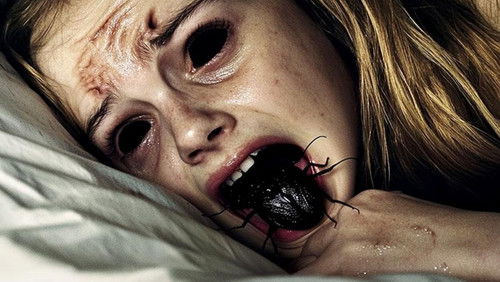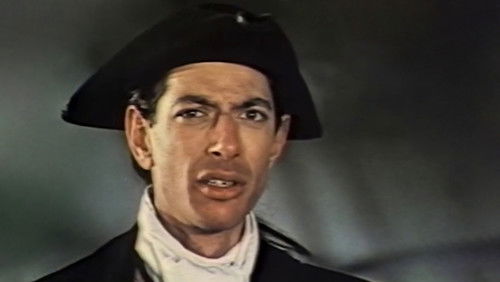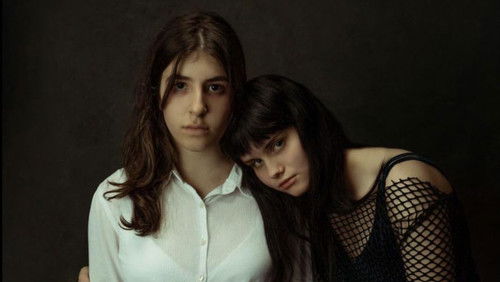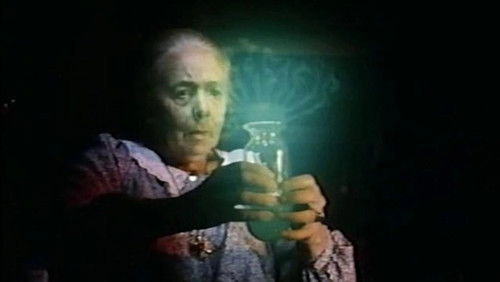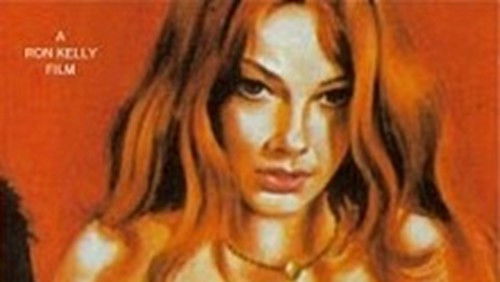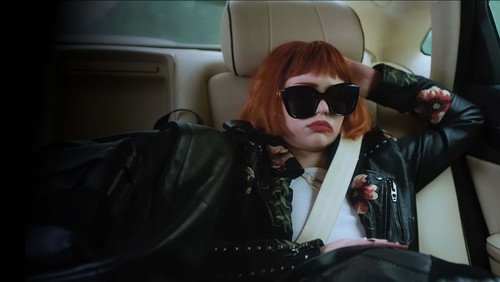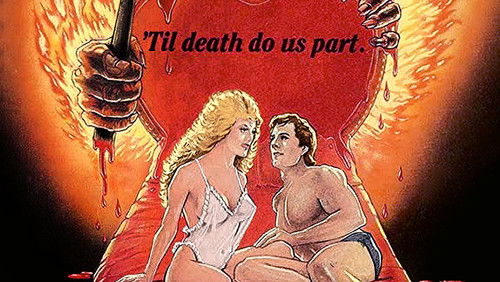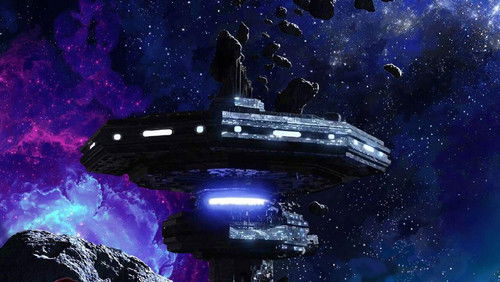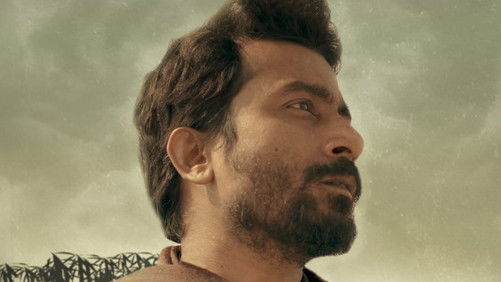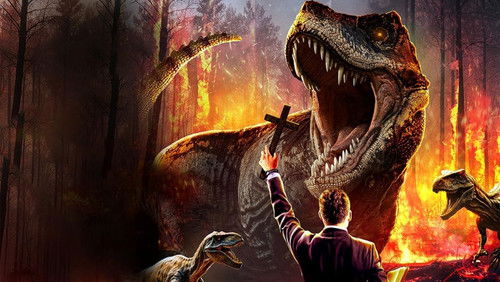Turm der lebenden Leichen (1972)
66KTurm der lebenden Leichen: Directed by Jim O’Connolly. With Bryant Haliday, Jill Haworth, Mark Edwards, Jack Watson. A group of experienced archeologists are searching for an old and mystic Phoenician treasure when they are surprised by a series of mysterious murders…
“TOWER OF EVIL u003cbr/u003eu003cbr/u003eAspect ratio: 1.85:1u003cbr/u003eu003cbr/u003eSound format: Monou003cbr/u003eu003cbr/u003eWhilst searching for ancient treasure on a lighthouse-island off the British coastline, an archaeological expedition becomes isolated from the mainland and is stalked by a monstrous assassin.u003cbr/u003eu003cbr/u003eA trash classic from the heyday of British exploitation, TOWER OF EVIL was helmed and written by Jim Ou0026#39;Connolly, a journeyman director whose career peaked several years earlier with THE VALLEY OF GWANGI (1968), one of Ray Harryhausenu0026#39;s best films. Thrown together on a microscopic budget, and based on a script by novelist George Baxt (responsible for such memorable British thrillers as CIRCUS OF HORRORS, THE CITY OF THE DEAD and NIGHT OF THE EAGLE), u0026quot;Tower…u0026quot; hedges its commercial bets by emphasizing a couple of high profile cameos (Dennis Price and Anthony Valentine) and foregrounding liberal doses of self-conscious nudity and gore. The opening scenes – in which crusty sea dogs Jack Watson and George Coulouris visit the eponymous lighthouse and stumble on a series of mutilated corpses – sets the tone for much of what follows, and while the main cast are pretty colorless, their mutual antagonism (borne from a convoluted history of infidelity) adds much-needed shading to the basic narrative outline.u003cbr/u003eu003cbr/u003eMounted on sparse but effective studio sets (designed by THE Italian JOBu0026#39;s Disley Jones), and photographed by veteran cinematographer Desmond Dickinson – a major player in the glory days of British cinema, whose resumé includes everything from Olivieru0026#39;s HAMLET (1948) to THE IMPORTANCE OF BEING EARNEST (1952), HORRORS OF THE BLACK MUSEUM (1959) and A STUDY IN TERROR (1965) – the film is cheapened at every turn by amateurish dialogue and threadbare visual effects (no attempt is made to disguise back-projected elements during scenes on the u0026#39;open seau0026#39;, for instance), but these cut-price elements have simply contributed to the filmu0026#39;s enduring appeal. Besides, the movie makes few pretensions to u0026#39;Artu0026#39;, and Ou0026#39;Connolly stages the major set-pieces with real technical savvy, culminating in a u0026#39;twistu0026#39; ending which seems to have inspired a similar plot development in Tom De Simoneu0026#39;s superior HELL NIGHT (1981).u003cbr/u003eu003cbr/u003eThe cast is toplined by Bryant Haliday (a favorite of producer Richard Gordon), former Broadway actress Jill Haworth (THE HAUNTED HOUSE OF HORROR), Mark Edwards (BLOOD FROM THE MUMMYu0026#39;S TOMB) and Derek Fowlds (TVu0026#39;s u0026quot;Yes, Ministeru0026quot;), while the younger players include Robin Askwith (already a movie veteran, long before his appearance in the u0026quot;Confessions…u0026quot; films), physique model John Hamill (a familiar face in UK exploitation movies of the 1970u0026#39;s, and later the co-writer of Bob Clarku0026#39;s TURK 182!), Candace Glendenning (SATANu0026#39;S SLAVE) and the late Anna Palk (in her last screen appearance), all of whom are featured in various states of undress. The film was originally screened in the US as HORROR ON SNAPE ISLAND, and later reissued as BEYOND THE FOG.u003cbr/u003eu003cbr/u003eNB. Interested viewers should check out Simon Hunteru0026#39;s LIGHTHOUSE (1999) – originally released in the US as DEAD OF NIGHT – an outstanding British shocker which covers the same territory, but to much greater effect.”
